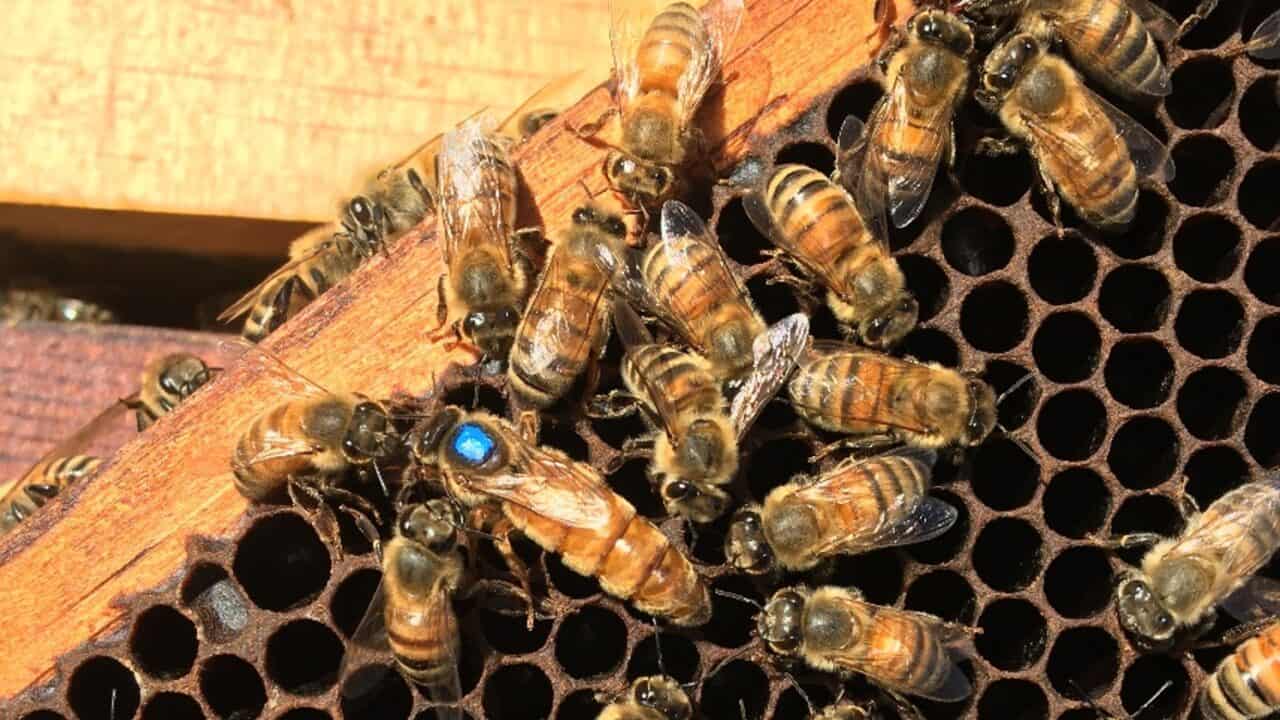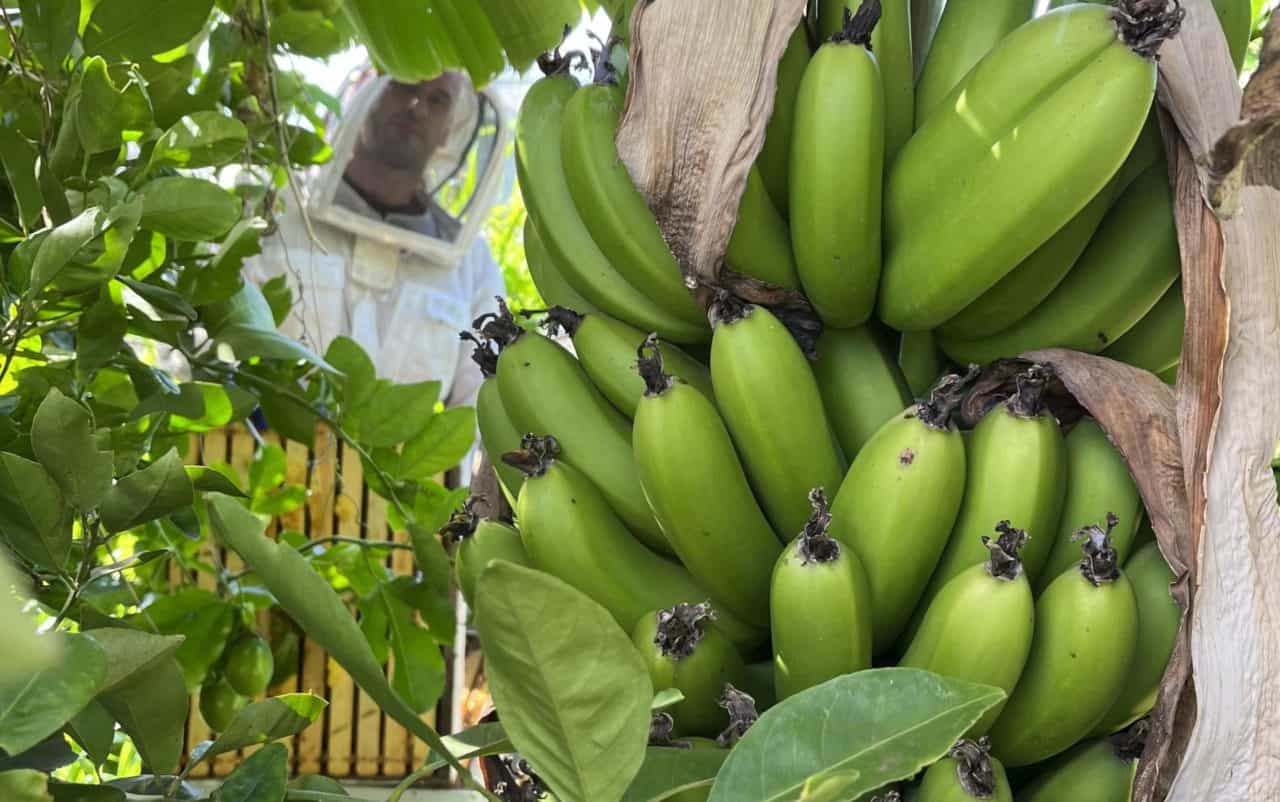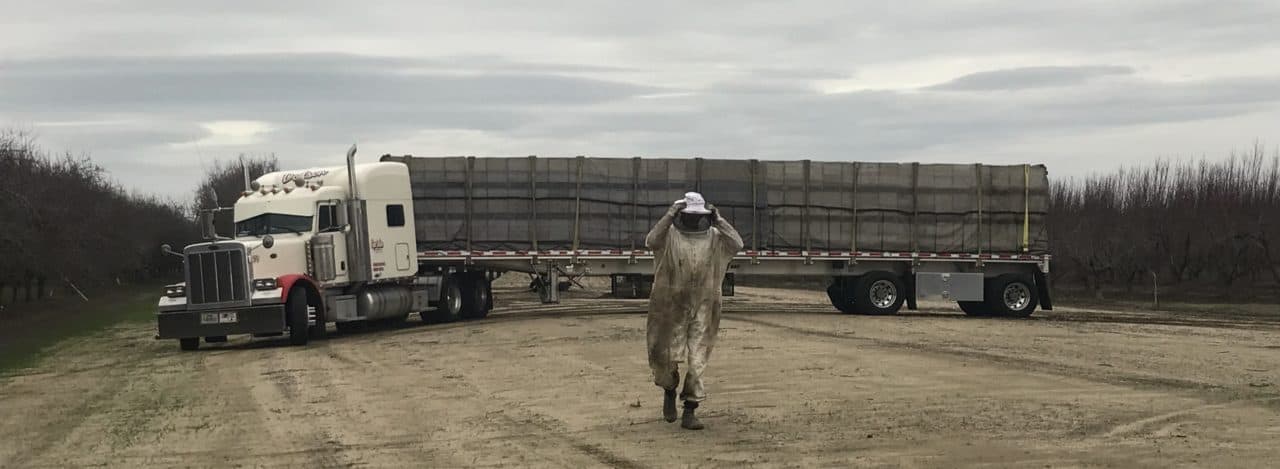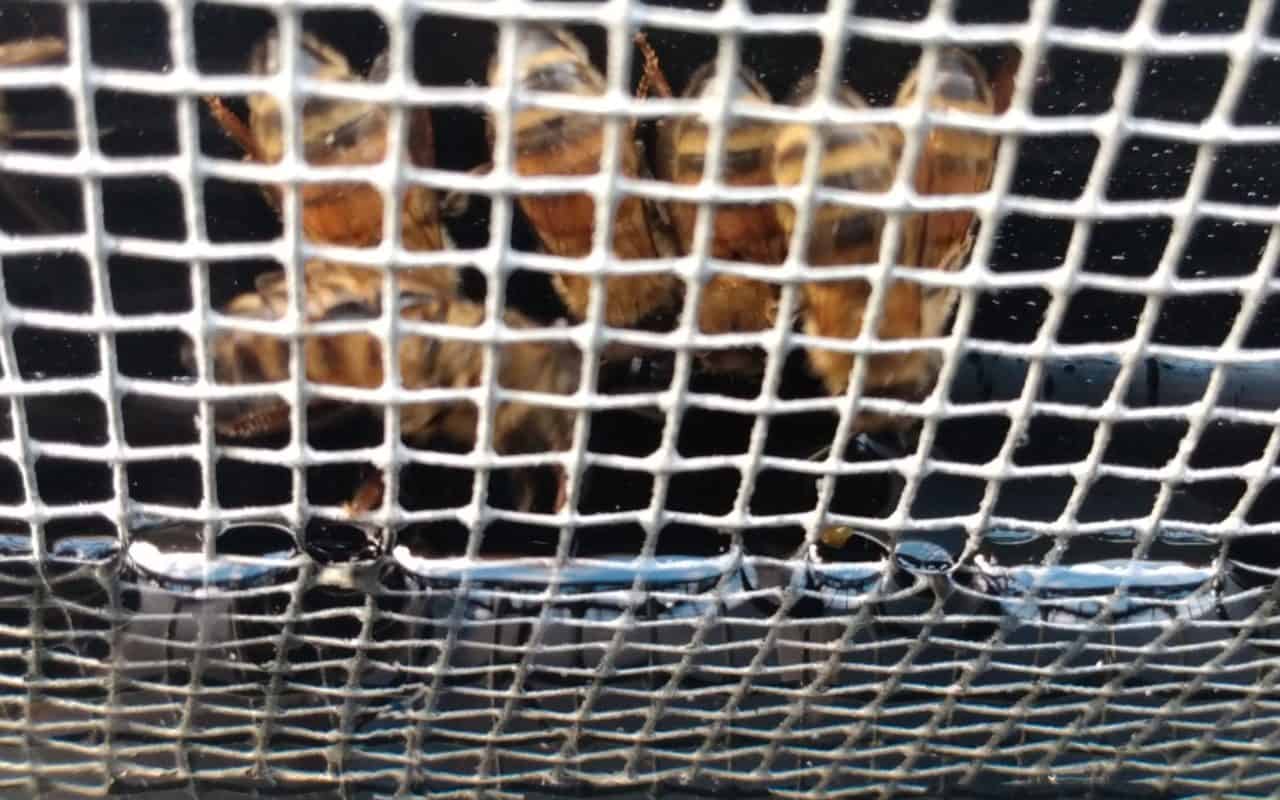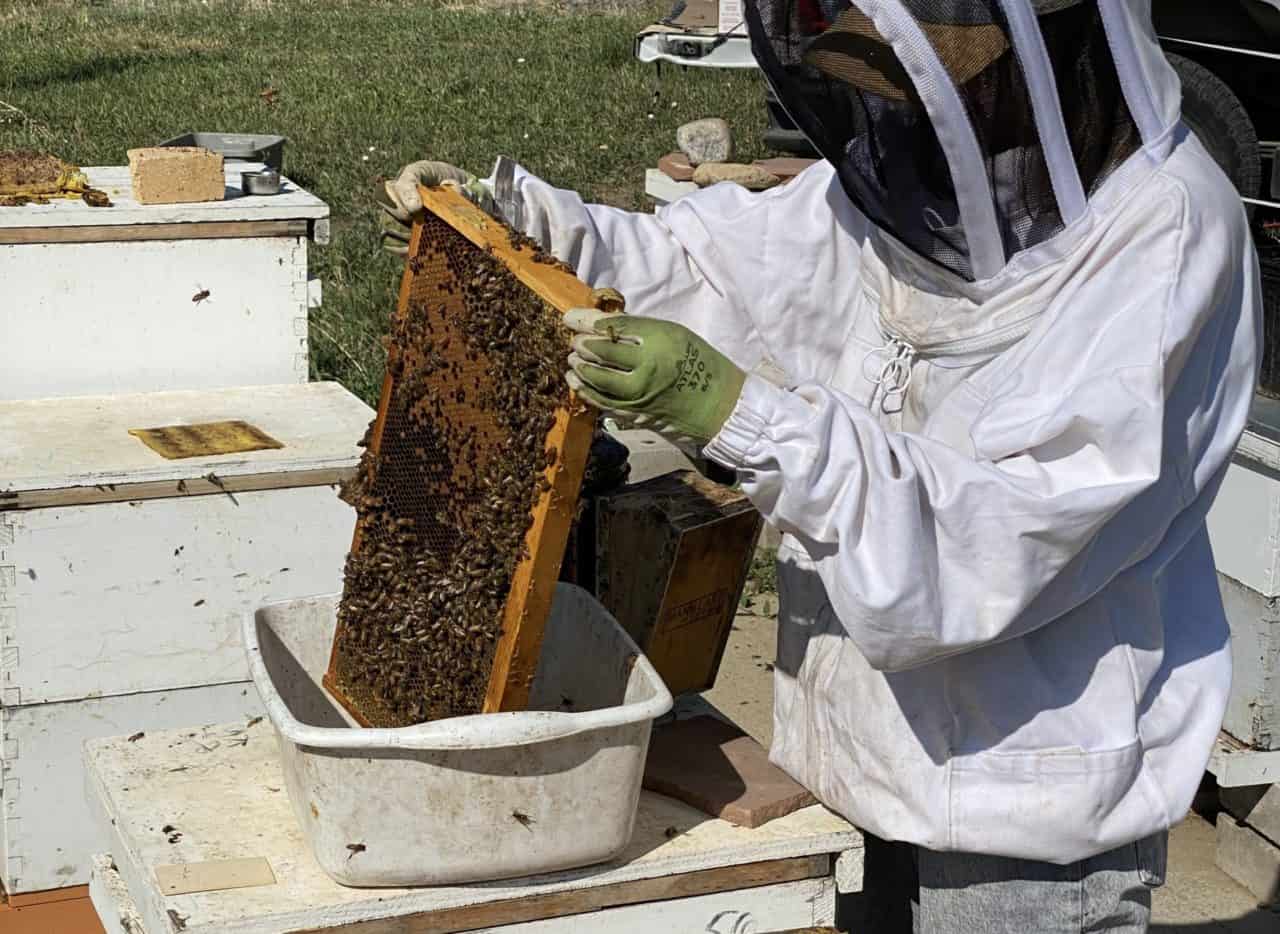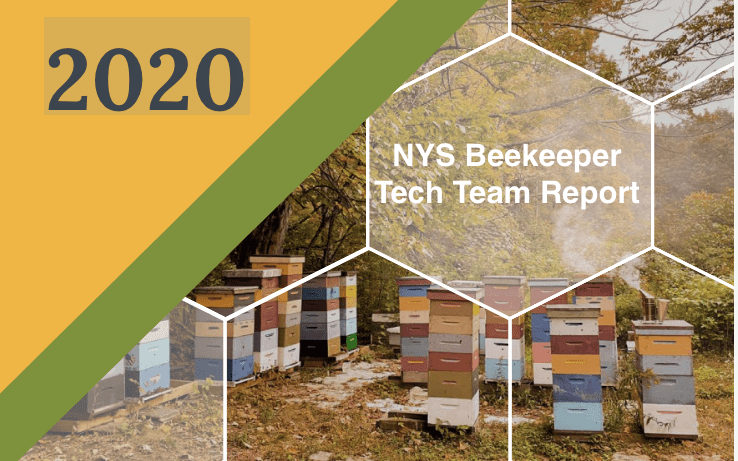Collaborations That Give Back - Featuring Dr. Katie Lee Authors: Rachel Kuipers and Eric Malcolm BIP is frequently contacted by beekeepers across the country who have experienced what we suspect are mite-related losses, not realizing their mite loads throughout the course of the season. Recent findings indicate that even those maintaining the commonly suggested 3% action threshold may still lose colonies to mite-related issues. Previously, industry standard for the Varroa action threshold—the threshold at which beekeepers should take action against the mites to avoid mite-related damage to their colonies—was a 3% infestation rate or higher throughout the season. The damage threshold, or the point at…
Category: Tech Teams
Browsing For Breeder Queens-Part 2
Last July 2021, I published the BIP blog "Browsing For Breeder Queens-Part 1" where I discussed what a breeder queen is and the various ways that you can obtain them. So now let's dive deeper into how to test bees for desirable traits to improve your stock. What To Look For In a Breeder Queen There are a number of traits that queen breeders evaluate when selecting breeder queens - color, gentleness, honey production, hygienic behavior, population size and growth rate. However, the weight given to these traits varies by queen breeder, and even by the region or state where the beekeeper is located. Color…
How To Cure Bee Fever
Sometimes I get bee fever from overexposure to bees. Symptoms include back aches, honey bees scurrying across the comb hidden behind my eyelids (only detectable when closed at night and sleep is attempted) and an ever-present buzzing where the sound of silence once resided. As BIP’s North Central Tech Transfer Team Field Specialist, I spend what seems like eons behind the wheel of my Chevy truck, commuting from one bee yard to the next. Three times a year I venture out on a three-week pilgrimage from my home base in the Bee Lab at the University of Minnesota, Saint Paul MN, to North Dakota to…
Working Honey Bees in Hawai’i
Working bees in November in Hawai’i? YES, PLEASE! BIP Tech Team Field Specialist Ben Sallmann and I pounced on the opportunity to leave Minnesota and Michigan's dreary November weather. We tackled all of the logistical challenges and hopped on a plane to Hawai'i to conduct fieldwork for the state's contribution to the National Honey Bee Disease Survey (NHBS) . National Honey Bee Disease Survey The National Honey Bee Disease Survey (NHBS) is a federally-funded, nationwide, annual honey bee survey. This survey has been conducted since 2010 and is a joint effort between the U.S. Department of Agriculture’s Animal and Plant Health Inspection Service (APHIS) and…
Moving Bees Into Almonds
Every year, beekeepers from across the continental United States move millions of honey bee colonies to California’s Central Valley, arriving just in time to tend the billions of bursting almond blossoms that require their pollination services. But have you ever really thought about what it takes to accomplish this massive migration? Colonies from every corner of the country - many hunkered down in the dead of winter, or stacked in indoor, cold storage sheds - are prepped and loaded onto semis, hauled hundreds of miles, inspected at border stations, unloaded into temporary holding yards, and then relocated once more - strategically placed amongst the almonds…
Feeding Bees – Top Feeders
Feeding colonies sugar syrup is something most beekeepers do, generally in the spring and/or fall. The purpose of feeding syrup can be to stimulate colony growth, sustain them through a dearth period, or build and maintain adequate stores for wintering. There are multiple methods for feeding syrup, each utilizing different pieces of equipment and having their own pros and cons. Previous blog posts discuss the use of gravity feeders and frame feeders, which are the two most commonly used feeders. A top feeder is a third method for feeding that is also a good choice under certain circumstances. As the name suggests, a top feeder…
Scooping Bees
To keep healthy bees, beekeepers must monitor their colonies for harmful pests and diseases. This commonly includes testing for the presence and abundance of Varroa, Nosema, and (less frequently) a number viruses and pesticides. To perform these tests beekeepers need to sample their bees. It is not that hard to sample bees, but doing it quickly and accurately is an acquired skill. Of course, there are many good methods for sampling honey bees, but most involve some form of scooping. Choosing a Frame Since all of these tests are performed using a small number of bees relative to the total number found in the colony,…
“Bamboo” honey
A colony of bees is capable of producing honey from a stunning variety of floral sources, but a few years back, when a beekeeper in New York told me his bees were in the midst of making a good fall crop on the bamboo, I was a bit puzzled. Knowing that bamboos belong to the grass family (Poaceae), I questioned a little further about how it was possible for bees to make honey from a grass, and the beekeeper pointed to a patch of dense, shrubby plants covered in white flowers and bees. Continued questioning eventually got to the answer that the “bamboo honey” was…
Detecting Wax Moth Larvae in Frames of Sealed Brood
As a honeybee health field specialist, when I am assessing a colony's health I look for irregularities in the sealed or open brood (Image 1 & 2). These irregularities may indicate the presence of diseases or pests. One common pest that can cause brood irregularities is the wax moth. Wax moth larvae develop underneath the honey bee colony's brood cappings. The wax moth larvae often bind a honey bee pupa’s feet to the midline of the of frame, resulting in pupae that are not able to molt properly and therefore die in the capped cell before emergence. When identifying and locating wax moth larvae in…
The New York State Tech Transfer Team Report
As a national organization the Bee Informed Partnership (BIP) is fortunate to collaborate with beekeepers, scientists and educators around the country. These relationships manifest in many different forms but are linked by the common thread of seeking to better understand honey bee health and find ways to improve it. One of BIP's longstanding collaborations has been with the New York State (NYS) Beekeeper Tech Team. The NYS Tech Team program originated in 2016 with funding from the NYS Environmental Protection Fund to address unsustainable colony loss rates throughout the state. The program is carried out by Cornell University in collaboration with NYS Department of Agriculture…

